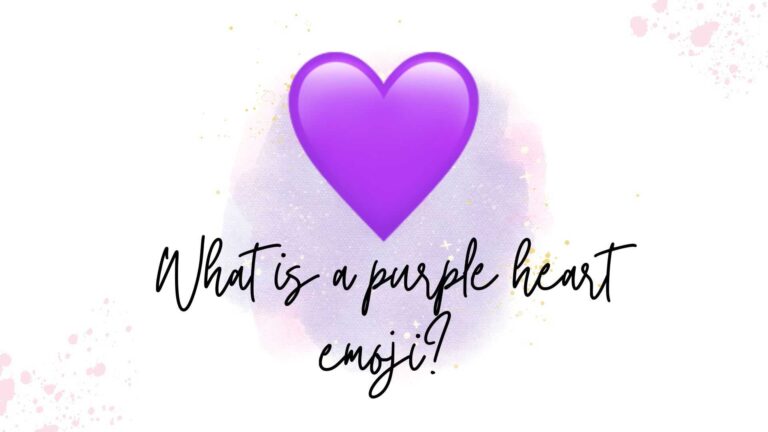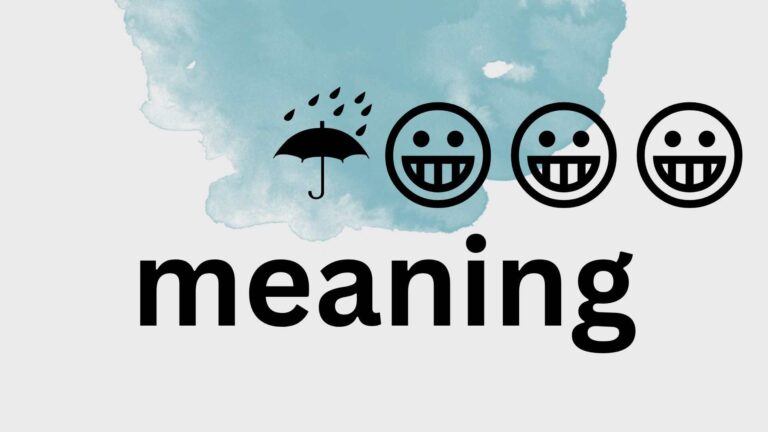😀👶🎄: New year Celebration

Now everyone knows that 😀👶🎄 emojis have become an integral part of our conversation, which means we use these emojis to understand & complete our discussion.
If you are newly reading this article or don’t understand or know the meaning of emoji, then you can check out our articles which give you a brief idea of emoji meanings.
Today we’ll discuss these two emojis’ meanings and also try to discuss how these emojis are different from each other, to understand these emojis’ meanings you need to the situation where these emojis are used to express user emotions.
As we said already, we will compare this 🥰 emoji with other emojis to understand the meaning and usability of this emoji. By using this emojis comparison use get an idea to understand the emoji’s meaning.
😀👶🎄: Interpreting Happy, Baby, and Christmas Emojis
Emojis allow us to visually express a range of emotions, objects, and occasions in our digital conversations. In this article, we will explore the meanings and interpretations behind the combination of the emojis “😀👶🎄”.
Let’s dive into the possible emotions and messages conveyed by these emojis, particularly in the context of joy, babies, and Christmas.
😀 Emoji Meaning
The 😀 emoji, known as the “Grinning Face,” represents happiness, joy, or a positive mood. It features a face with a wide smile and often shows teeth. This emoji is often used to express genuine happiness, excitement, or delight.
👶 Emoji Meaning
The 👶 emoji, known as the “Baby,” represents an adorable and innocent baby. It features a representation of a baby’s face, typically with round eyes, a small nose, and a pacifier or a smile.
This emoji is often used to convey feelings of tenderness, and affection, or to refer to babies, parenting, or the joys of infancy.
🎄 Emoji Meaning
The 🎄 emoji, known as the “Christmas Tree,” represents the festive season of Christmas. It features a decorated evergreen tree with ornaments, lights, and sometimes a star on top.
This emoji is often used to convey the spirit of Christmas, holiday cheer, or celebration, or to refer to the traditions and decorations associated with the season.
Interpretation of the Combination
The combination of the 😀, 👶, and 🎄 emojis can convey a variety of emotions and messages, particularly in the context of joy, babies, and Christmas. Here are a few possible interpretations:
1. Joyful Festive Spirit:
The combination may represent a joyful and festive spirit, particularly associated with Christmas. It could convey the sender’s happiness, excitement, and delight in celebrating the holiday season.
The presence of the baby emoji may also symbolize the joy and innocence associated with Christmas and the wonder it brings.
2. Delight in Baby’s First Christmas:
This combination may depict the joy and excitement of a baby’s first Christmas. It could indicate that the sender is expressing their happiness and delight in celebrating the holiday season with a baby.
The emojis together represent the happiness of both the baby and those around them during this special time.
3. Expressing Happiness and Festivity:
The combination might simply represent the sender’s general happiness and festive mood. It could signify their overall joy and excitement, possibly during the Christmas season.
The emojis together showcase a sense of celebration, happiness, and joy that comes with this special time of year.
Personal Interpretation and Context
Personal interpretations of emojis can vary based on individual experiences and cultural backgrounds. It’s important to consider the specific context and the relationship between communicators when interpreting this combination.
The surrounding text, additional emojis, or the conversation topic can provide further context for understanding the intended meaning.
If you all wants to explore the Unicode for these emojis, you can check out the given link.
Conclusion
The 😀👶🎄 emojis convey a sense of joy, happiness, and celebration, particularly in the context of babies and Christmas. The specific interpretation depends on the context, the sender’s intention, and the relationship between communicators. To know more about emojis you can bookmark our site or if you have any issues, please feel free to contact us on Ans2How.






